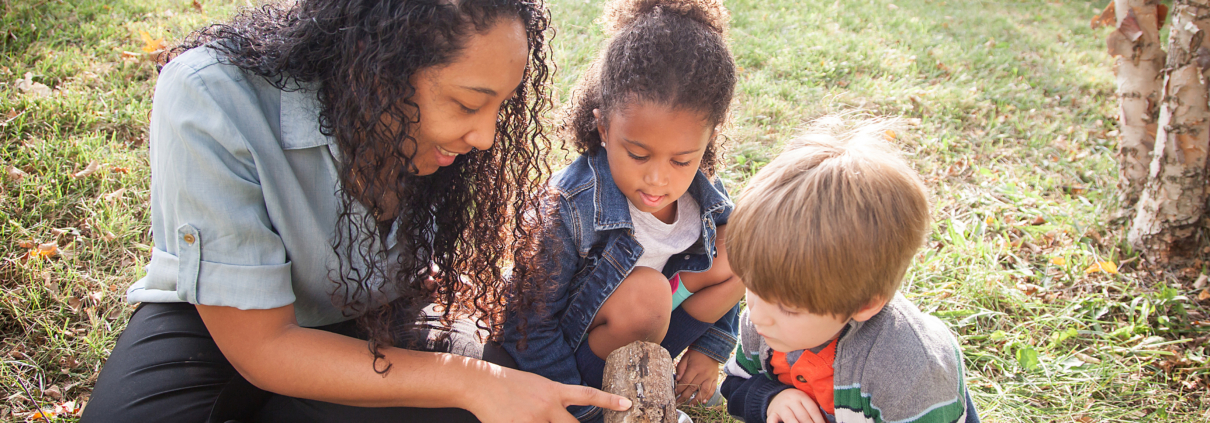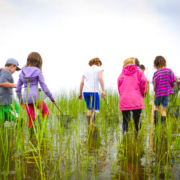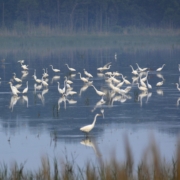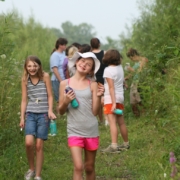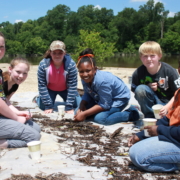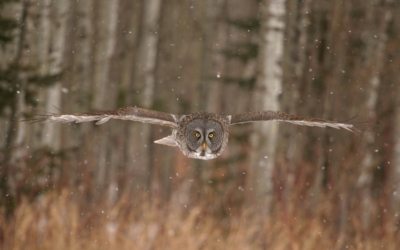Hands-On Means Minds-On
When learning is hands-on, it’s also “minds-on.” Consider these words accredited to Dr. Herb True: “Tell me, and I’ll forget. Show me, and I may remember. But involve me, and I’ll understand.”
In fact, the value of hands-on learning has been understood for millennia. In his collection of philosophical writings, Xunzi, the Confucian scholar Xun Kuang wrote, “Not having heard something is not as good as having heard it; having heard it is not as good as having seen it; having seen it is not as good as knowing it; knowing it is not as good as putting it into practice.”
At WHC, our model encourages the use of hands-on, minds-on learning whenever possible. This kind of “active learning” helps you engage more deeply with the information or skill at hand. Hands-on learning stimulates all the senses, allowing you to become more fully immersed in the experience and activating more parts of the brain. This makes it easier to recall and synthesize what was learned, as demonstrated by two related 2009 studies that found doodling helped participants better remember the information conveyed during a lecture and enhanced enjoyment and engagement with the material.
Experiencing and participating in an activity first-hand also changes the way you process the information. Hands-on lessons engage learners with real-world applications for classroom concepts, helping them make meaning of these concepts and make connections with their own life. Actively engaging in educational activities therefore promotes critical thinking, problem solving, creativity and team building.
During hands-on educational activities, learning occurs on multiple levels, including visual, auditory, tactile, kinesthetic, and social. Each person may learn better in certain ways than others. By providing experiences that utilize multiple modes of learning, you can more effectively engage as many learners as possible, creating a learning experience that is more inclusive for learners of all types.
If you’re looking for ways to incorporate hands-on education into your conservation program, WHC staff are here to help you. We can show you how to incorporate teacher-designed, hands-on curricula such as Project WILD, Project WET, and Project Learning Tree into your program, or we can even help you design your own curriculum. Get started by emailing us at strategyandplanning@wildlifehc.org.
